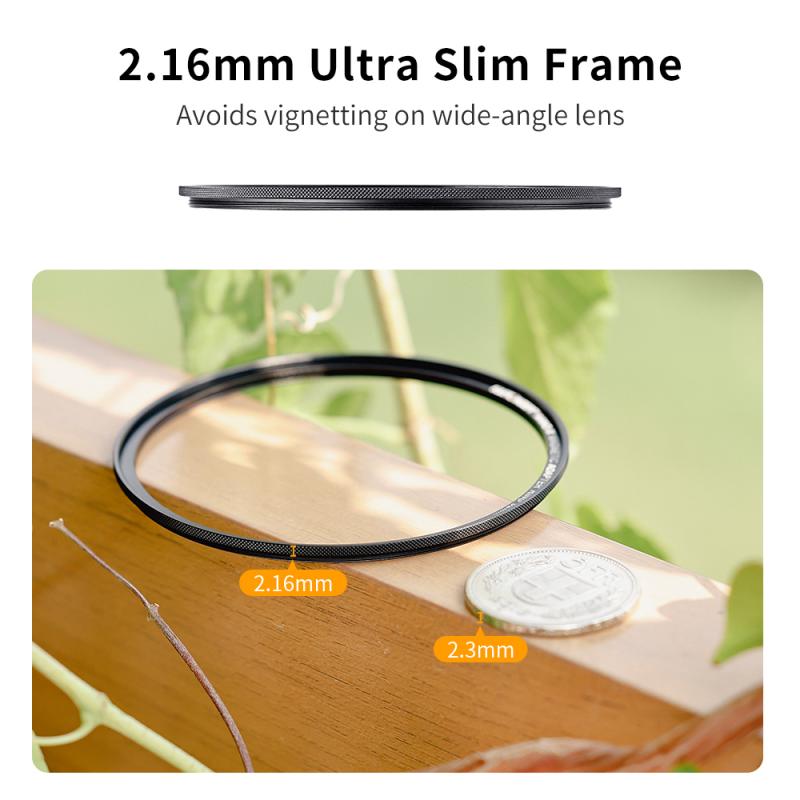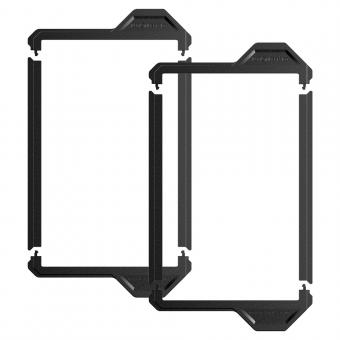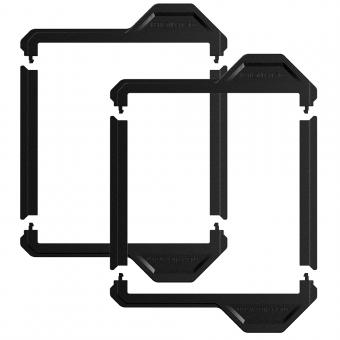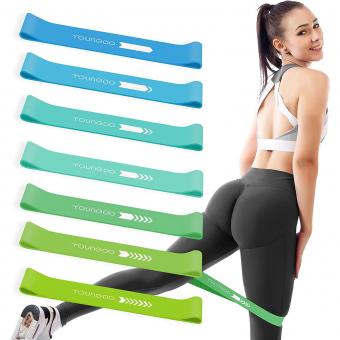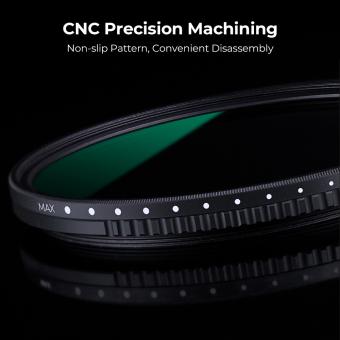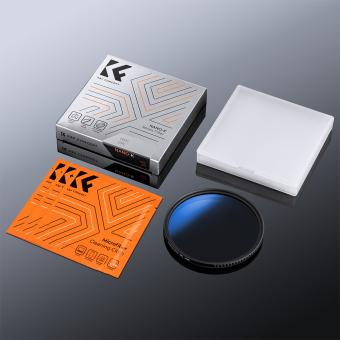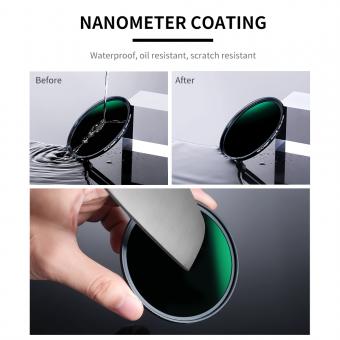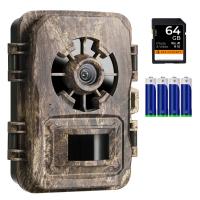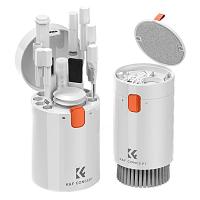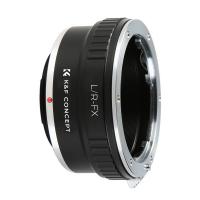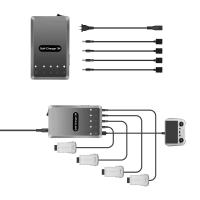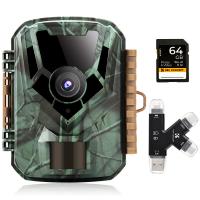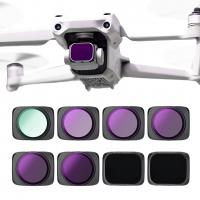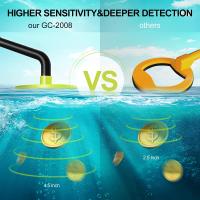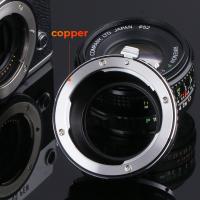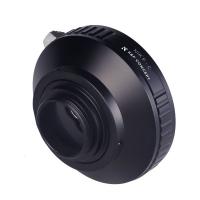How To Pick The Right Strength Nd Filter ?
When choosing the right strength and filter for a product, it is important to consider the specific requirements and preferences. Factors such as the desired intensity of the product, the intended use, and personal taste should be taken into account. It may be helpful to consult product descriptions, customer reviews, or seek advice from experts in the field to make an informed decision.
1、 Understanding ND filters and their purpose in photography
When it comes to picking the right strength and filter for your photography needs, it's important to understand the purpose of ND filters and how they can enhance your images. ND filters, or neutral density filters, are designed to reduce the amount of light entering the camera without affecting the color or tone of the image. This allows photographers to achieve creative effects that would otherwise be difficult or impossible to capture.
The strength of an ND filter is determined by its optical density, which is measured in stops. The higher the number of stops, the darker the filter and the more light it blocks. Choosing the right strength depends on the specific situation and desired effect. For example, a 1-stop ND filter is great for slightly reducing the amount of light in bright conditions, while a 10-stop ND filter is ideal for long exposure photography, creating smooth water or capturing movement in clouds.
To pick the right strength, consider the lighting conditions you typically shoot in and the effect you want to achieve. If you frequently shoot in bright sunlight and want to blur motion, a 6-stop ND filter might be a good choice. On the other hand, if you want to capture a long exposure shot of a waterfall during the day, a 10-stop ND filter would be more suitable.
It's also worth noting that some photographers prefer variable ND filters, which allow you to adjust the strength by rotating the filter. This can be convenient as it eliminates the need to carry multiple filters with different strengths.
In recent years, advancements in technology have led to the development of high-quality ND filters with improved color accuracy and reduced color cast. It's important to invest in a reputable brand to ensure the filter maintains the integrity of your images.
Ultimately, the right strength and filter will depend on your specific needs and creative vision. Experimentation and practice will help you determine the best combination for your photography style.
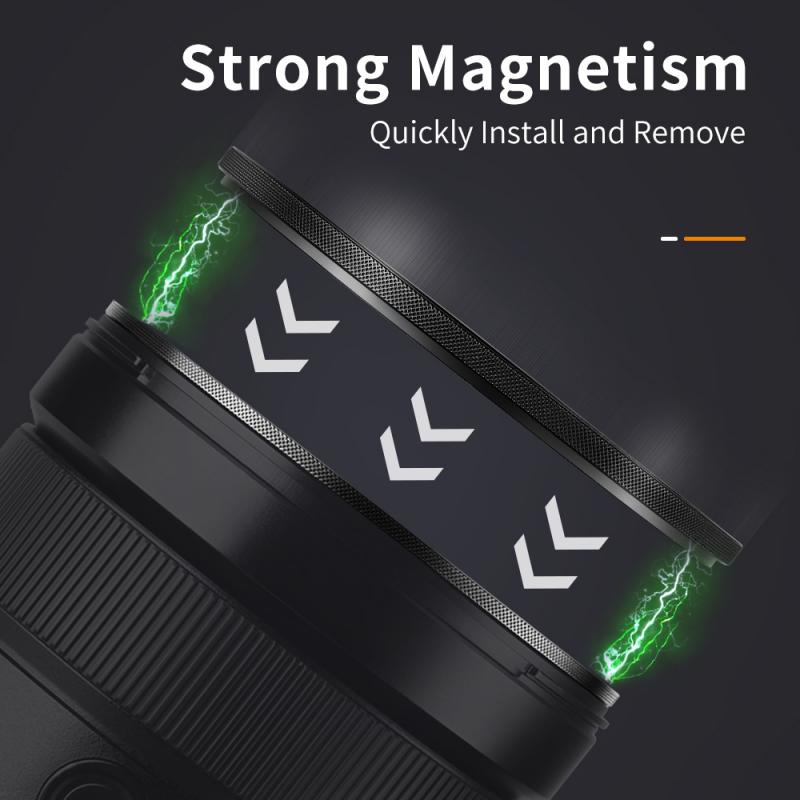
2、 Evaluating different ND filter strengths and their effects
When it comes to picking the right strength and filter for your photography needs, it is essential to understand the purpose and effects of different ND filter strengths. ND filters, or neutral density filters, are designed to reduce the amount of light entering the camera without affecting the color or quality of the image. This allows photographers to achieve creative effects such as motion blur, long exposures, and shallow depth of field in bright lighting conditions.
To evaluate different ND filter strengths and their effects, it is crucial to consider the specific requirements of your photography. The strength of an ND filter is measured in stops, indicating the amount of light it blocks. Common strengths range from 1-stop to 10-stop filters, with higher numbers blocking more light.
For beginners, a 3-stop or 6-stop ND filter is often recommended as they provide a good balance between versatility and ease of use. These strengths are suitable for a wide range of scenarios, including landscape, portrait, and street photography. However, if you frequently shoot in extremely bright conditions or desire longer exposure times, a higher strength filter like a 10-stop ND filter may be more appropriate.
It is also important to consider the quality of the ND filter. Investing in a high-quality filter ensures minimal color cast and maintains the sharpness of your images. Additionally, some filters offer additional features such as anti-reflective coatings, which can further enhance image quality.
Lastly, staying updated with the latest advancements in ND filter technology can provide valuable insights. Manufacturers are constantly improving their products, offering new features and materials that can enhance the overall performance of the filter.
In conclusion, picking the right strength and filter for your photography requires considering your specific needs, understanding the effects of different strengths, and investing in high-quality filters. Staying informed about the latest advancements in ND filter technology can also help you make an informed decision.
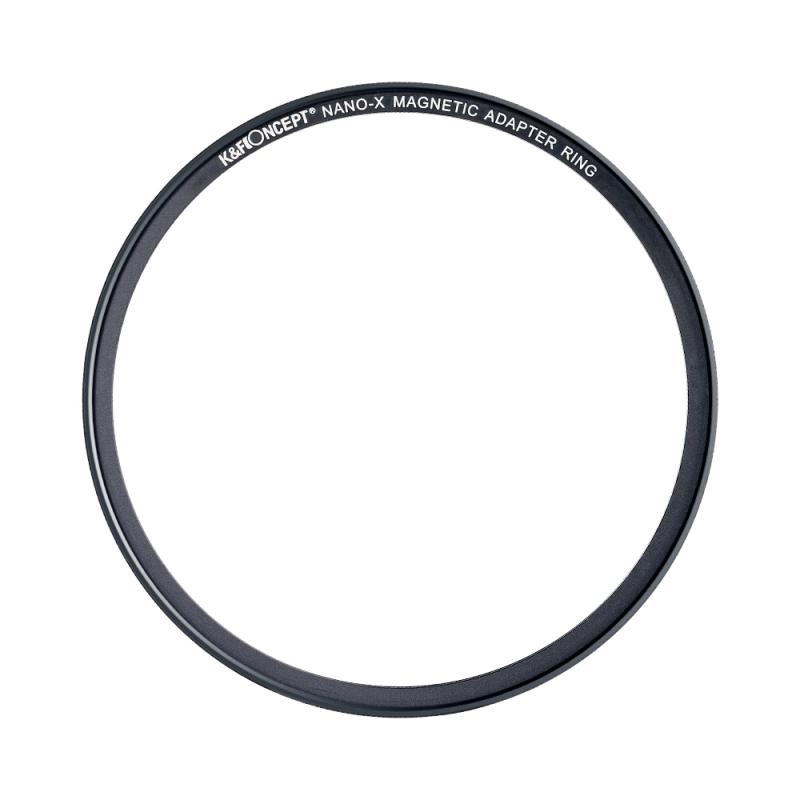
3、 Considering the desired exposure length and light conditions
When it comes to picking the right strength and filter for your photography, it is important to consider the desired exposure length and light conditions. The strength of a filter refers to its ability to reduce the amount of light entering the camera, while the filter type determines the specific effect it will have on the image.
To determine the right strength, you need to consider the exposure length you desire. If you want to capture long exposure shots, such as silky smooth waterfalls or light trails, you will need a stronger filter that significantly reduces the amount of light entering the camera. On the other hand, if you are shooting in bright daylight and want to use a wider aperture or faster shutter speed, a weaker filter may be more appropriate.
Light conditions also play a crucial role in filter selection. In low light situations, such as during sunset or in dimly lit environments, you may not need a strong filter as there is already less light available. However, in bright and sunny conditions, a stronger filter will be necessary to avoid overexposure.
It is worth noting that the latest point of view in filter selection is the use of variable neutral density (ND) filters. These filters allow you to adjust the strength by rotating the filter, providing more flexibility in different lighting conditions. They are particularly useful when shooting in changing light conditions, as you can easily adjust the strength without changing filters.
In conclusion, when picking the right strength and filter, considering the desired exposure length and light conditions is crucial. Additionally, the use of variable ND filters can provide added flexibility and convenience in various shooting situations.

4、 Assessing the impact of different ND filter strengths on image quality
When it comes to picking the right strength and filter for your photography needs, there are a few factors to consider. The first step is to assess the impact of different ND filter strengths on image quality. ND filters are designed to reduce the amount of light entering the camera, allowing for longer exposures or wider apertures in bright conditions. However, using an ND filter can also affect image quality in various ways.
To determine the right strength of ND filter, it is important to understand the different levels of light reduction they offer. ND filters are typically labeled with a number, such as ND2, ND4, ND8, etc., indicating the amount of light they block. A lower number means less light reduction, while a higher number means more light reduction. It is crucial to choose the appropriate strength based on the shooting conditions and desired effect.
Assessing the impact of different ND filter strengths on image quality involves considering factors such as color cast, sharpness, and vignetting. Cheaper or lower-quality filters may introduce color shifts or distortions, so investing in a high-quality filter is recommended. Additionally, stronger ND filters can sometimes result in reduced sharpness or introduce vignetting around the edges of the frame.
To stay up to date with the latest point of view, it is advisable to consult professional photographers, online forums, or photography communities. These sources can provide insights into the performance of different ND filters and their impact on image quality. Additionally, reading reviews and comparing test images can help in making an informed decision.
In conclusion, picking the right strength and filter involves assessing the impact on image quality, considering factors such as color cast, sharpness, and vignetting. Investing in a high-quality filter and staying informed about the latest opinions and experiences can help in making the best choice for your photography needs.
